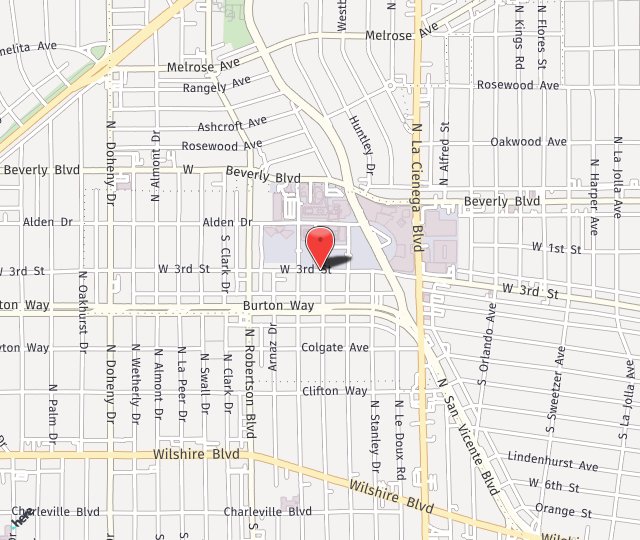Diabetic Neuropathy | Los Angeles, CA

What is Diabetic Neuropathy?
Peripheral nerves exit the brain and spinal cord to provide movement and feeling of the face, arms, trunk, and legs. Diabetic Neuropathy refers to the type of nerve damage that can occur in patients with poorly controlled diabetes.
What Are The Symptoms of Diabetic Neuropathy
Patients can develop burning pain, numbness, and/or tingling beginning in the legs and feet, followed by the hands and arms. Symptoms are often worse during nighttime and may awaken the patient in the morning. In long-standing or severe circumstances, patients may lose protective sensation and suffer from repeated injury of the arm, hand, leg, and/or foot. With repeated trauma, the affected area may not heal and be at risk for ulcers, infection, and/or amputation. Nerve injury can also lead to weakness or paralysis of the muscles moving the face, arms, hands, legs, or feet.
Risk Factors for Diabetic Neuropathy
Patients with uncontrolled blood sugar levels are at a higher risk of developing diabetic neuropathy, but other risk factors include:
- Obesity
- High cholesterol
- High blood pressure
- A history of smoking
The common factor in these conditions is that they all lead to internal injury of the small blood vessels that nourish nerves with oxygen and nutrients. With less blood flow, these nerves are unable to heal themselves in the event of any additional injury. Traveling under anatomic areas of compression, the nerve’s blood supply can be further reduced by the external pressure placed upon it. In response, scar tissue replaces the natural outer insulation of the nerve, called myelin. Myelin is critical in speeding the transmission of electrical signals from the skin to the brain to produce a feeling or to the muscle to cause movement. With scar replacing myelin, electrical signals cannot easily travel across the nerve and lead to a slowdown or inflammation of the nerve.
How is Diabetic Neuropathy Diagnosed?
Diabetic Neuropathy can generally be diagnosed by the history of burning pain or numbness in the “glove and stocking distribution” and by physical exam looking for signs of numbness, ulcers, loss of muscle mass, or nerve inflammation. Fasting blood glucose levels, hemoglobin A1c, cholesterol panel, and a body mass index (BMI) provide a clearer picture of the patient’s sugar, diet, and weight control. In situations where the diagnosis is unclear, a nerve conduction and muscle study can be ordered to obtain more information on the health of the nerve and its muscles.
Treatment For Diabetic Neuropathy In Los Angeles
Treatment for Diabetic Neuropathy begins with strict control of one’s sugar, cholesterol, diet, weight, and blood pressure. Patients are encouraged to stop smoking, as tobacco use is extremely harmful to the nerve’s blood flow and healing potential. A supervised exercise schedule is also recommended. If these measures fail to eliminate the patient’s persistent burning pain, numbness, and/or muscle weakness, a nerve decompression/neurolysis is recommended for the affected area(s). The goal is to provide space for the nerve and its blood supply, giving it a chance to regenerate. Doing so in a timely fashion should lead to speedier electrical signals, return of movement and feeling, and pain reduction. Nerve Decompression / Neurolysis procedures are useful in treating Diabetic Neuropathy with Carpal Tunnel Syndrome, Cubital Tunnel Syndrome, Peroneal Nerve Entrapment, Radial Tunnel Syndrome, and/or Tarsal Tunnel Syndrome.
Patient Testimonial
Dr. Seruya and his staff are the greatest. Dr. Seruya did a nerve transfer on my right hand for an ulnar nerve injury that occurred during surgery for breast cancer. I was to told that nothing more could be done. I was lucky enough to meet Dr. Seruya. My right hand is now recovering. I would not trust any other Dr. than him to operate. Dr. Seruya and his staff have made this experience a pleasure.
Recovery after Nerve Decompression/Neurolysis for Diabetic Neuropathy
Nerve Decompression/neurolysis for Diabetic Neuropathy generally takes less than one-hour per surgical site and can be performed under general or wide-awake local anesthesia. After surgery, the surgical area is wrapped in a soft dressing. Following a 1-2-hour recovery period, patients are discharged home the same day on Tylenol, Motrin, and sometimes on a short course of narcotics. Light activity is encouraged when comfortable for the patient. One week after surgery, patients may take off their bandages and get the incision wet. Six weeks after surgery, patients may resume full activity. With mild and/or intermittent symptoms, relief of numbness, tingling, and pain is often immediate. With long-standing or severe cases, relief of symptoms and return of muscle function may be more gradual and over the course of many months.
Schedule A Consultation
If you are seeking treatment for diabetic neuropathy in Los Angeles, California, Contact Dr. Seruya’s office by filling out the contact form below or calling 310.423.2129!


